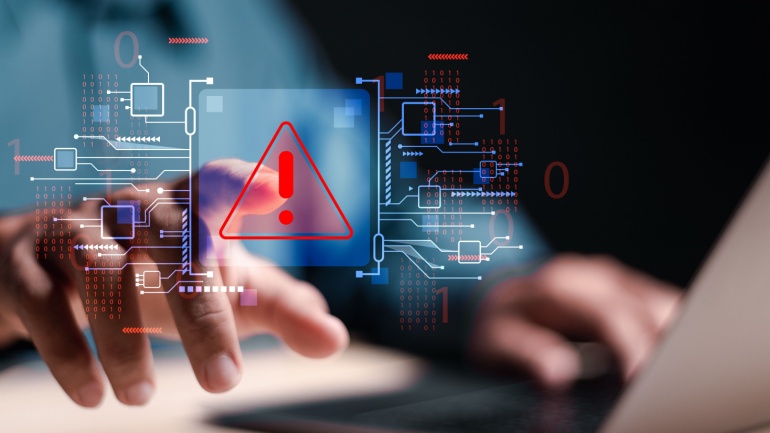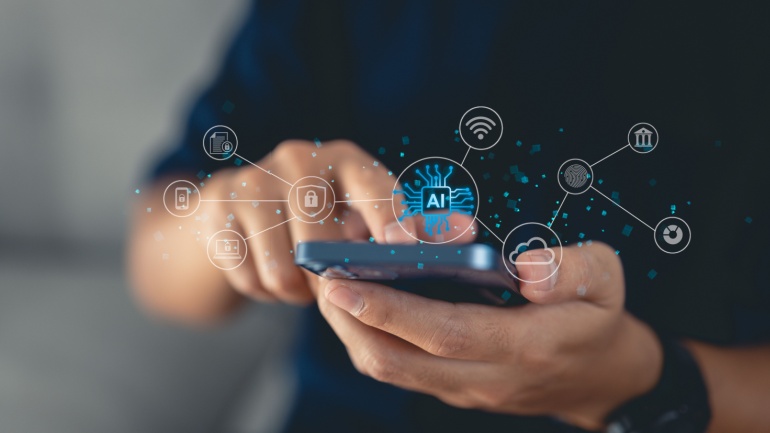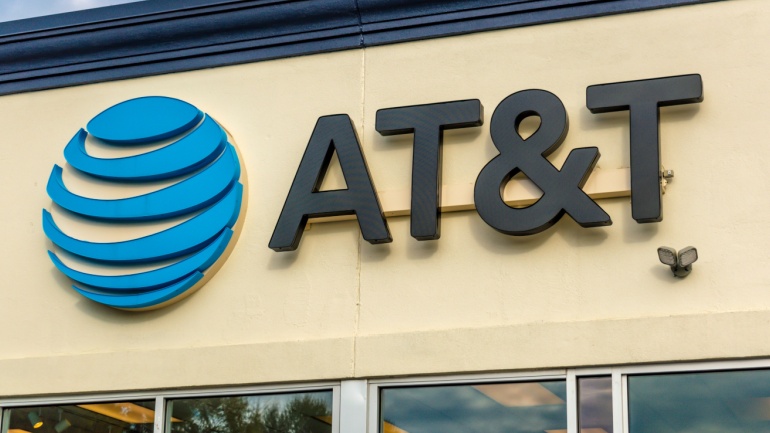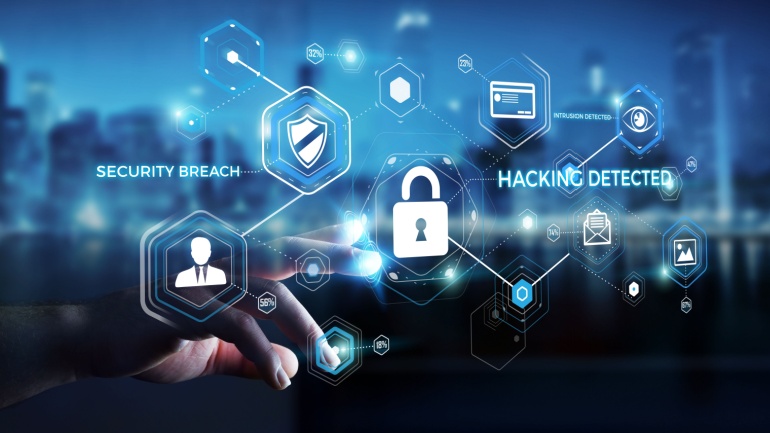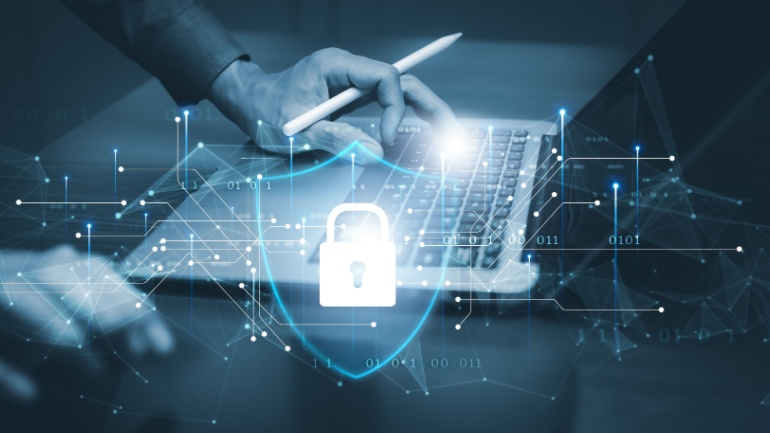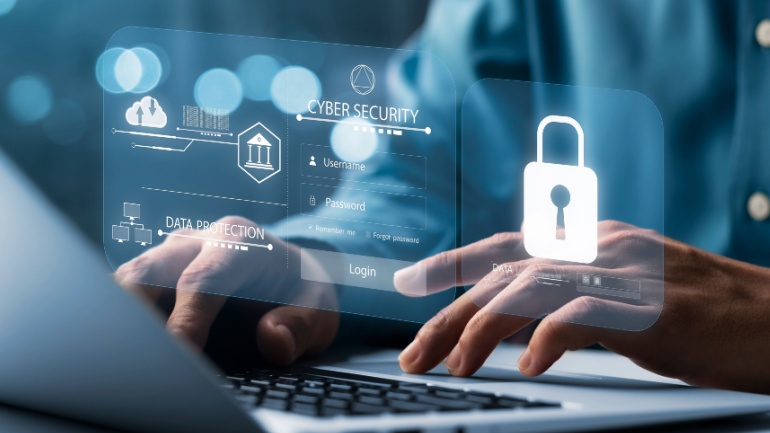Exertis Cybersecurity, a leading distributor of cybersecurity solutions, has announced its collaboration with Object First, the developer behind Ootbi (Out-of-the-Box-Immutability), a groundbreaking ransomware-proof backup storage appliance tailored for Veeam®. This partnership signifies a significant stride in Exertis Cybersecurity’s mission to furnish cutting-edge cybersecurity solutions to organizations across Europe.
Telefónica Tech has entered into a collaboration with Microsoft to enhance its cybersecurity services by incorporating Microsoft’s AI tools. This partnership aims to provide customers with proactive, integrated, and automated real-time security management.
The UK Deputy Prime Minister has given the green light to the proposed merger between telecommunications giants Vodafone and Three, citing national security considerations. The decision, made under the National Security and Investment Act 2021, imposes certain conditions on the merger.
AT&T has finalized the sale of its cybersecurity division, marking a pivotal moment in the company’s strategic realignment. The division has been transitioned into a new independent entity known as LevelBlue, backed by majority owner WillJam Ventures. This move sees LevelBlue emerge as a standalone managed cybersecurity services business with a global presence spanning 10 countries and boasting a workforce exceeding 1000 employees.
Nord Security, a leading cybersecurity firm renowned for its VPN solution NordVPN, has unveiled NordStellar, a cutting-edge threat exposure management platform designed to empower businesses in detecting and combating cyber threats effectively. Developed by the same team behind NordVPN, NordStellar aims to revolutionize enterprise cybersecurity by offering comprehensive protection against data breaches, fraud, ransomware attacks, and unauthorized access.
In a significant move aimed at bolstering cybersecurity across the country, the UK government has rolled out stringent regulations requiring manufacturers of internet-connected devices to adhere to minimum-security standards. The new laws, part of the Product Security and Telecommunications Infrastructure (PSTI) Act 2022, are designed to mitigate the risks posed by weak security features on smart gadgets.
LogRhythm, the company helping security teams stop breaches by turning disconnected data and signals into trustworthy insights, is holding its revamped cybersecurity summit, RhythmWorld Europe, to elevate cybersecurity collaboration. RhythmWorld Europe will bring together industry experts and professionals to share key knowledge to overcome the most pertinent modern threats. The summit returns for a second year following its successful European launch in 2023 and will take place on 30th April 2024 at CodeNode, London.
In an era where voice calls still hold a significant place, a rising wave of voice fraud threatens to shatter this trust. With a shocking 16% of UK consumers falling victim to phone scams last year, global figures paint a worrisome picture. The fact that this issue is not fleeting, the average UK consumer receiving roughly four fraudulent calls per month in 2023, only heightens the concerns.
The latest report from Cisco (NASDAQ: CSCO) reveals a stark reality: only a mere three percent of organizations worldwide possess the necessary level of readiness to combat modern cybersecurity risks effectively. Released today, the 2024 Cybersecurity Readiness Index underscores a notable decline from the previous year, where 15% of enterprises were classified as mature in their cybersecurity readiness.
Cisco, the multinational technology conglomerate, has successfully finalized its purchase of Splunk, marking a significant stride towards offering unmatched visibility and insights across comprehensive digital landscapes. This acquisition is poised to redefine how organizations connect and safeguard their operations in an increasingly digital world.



